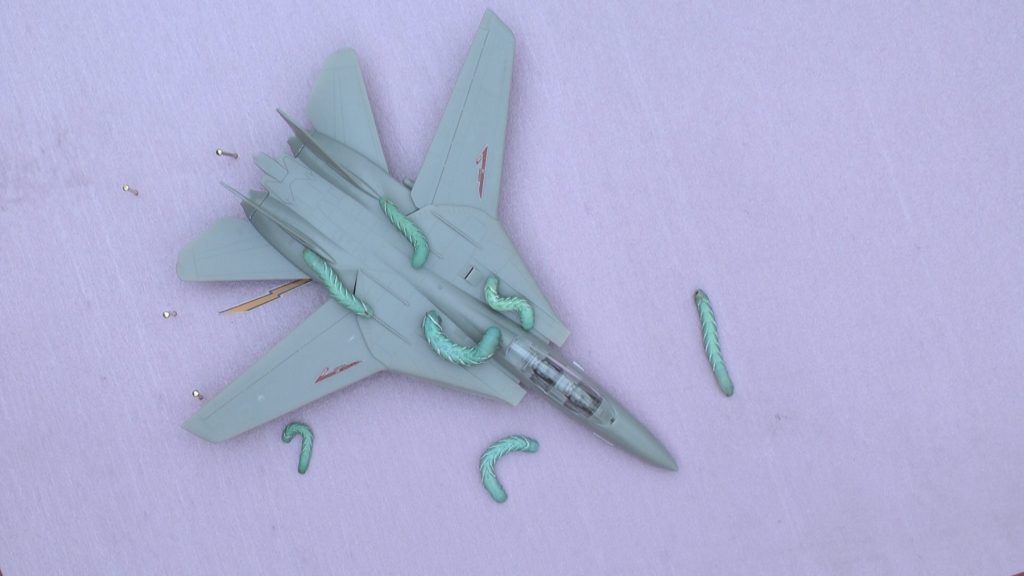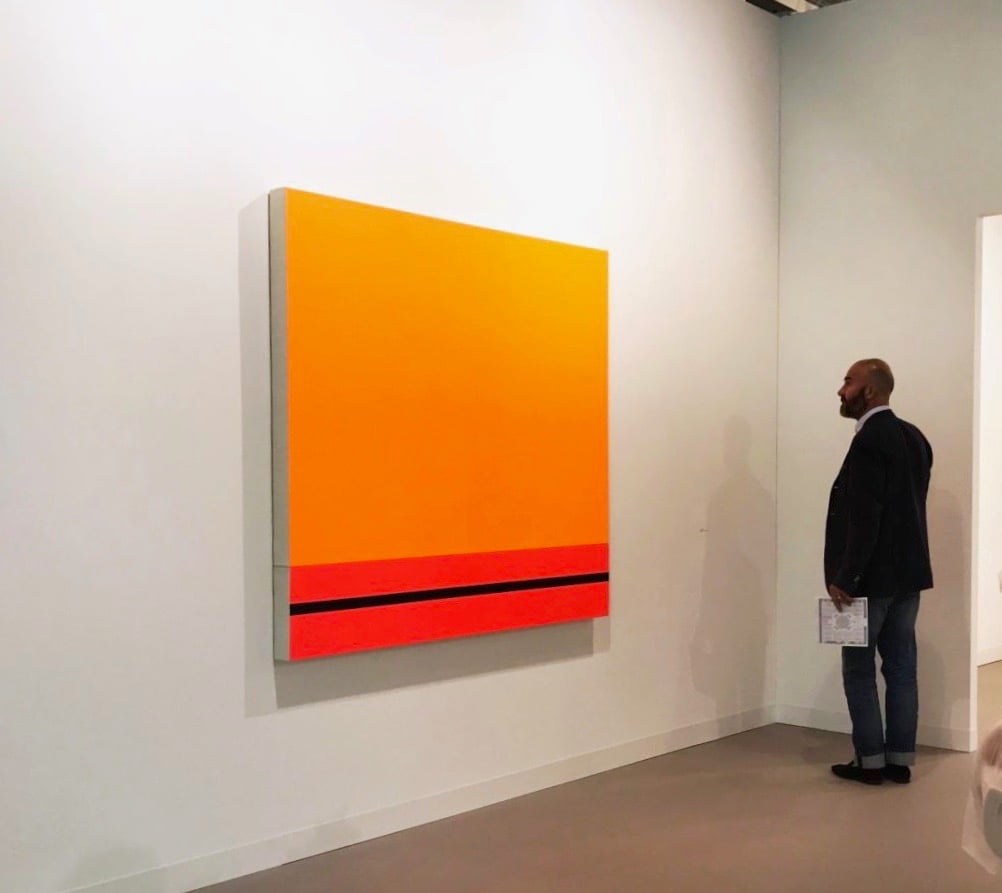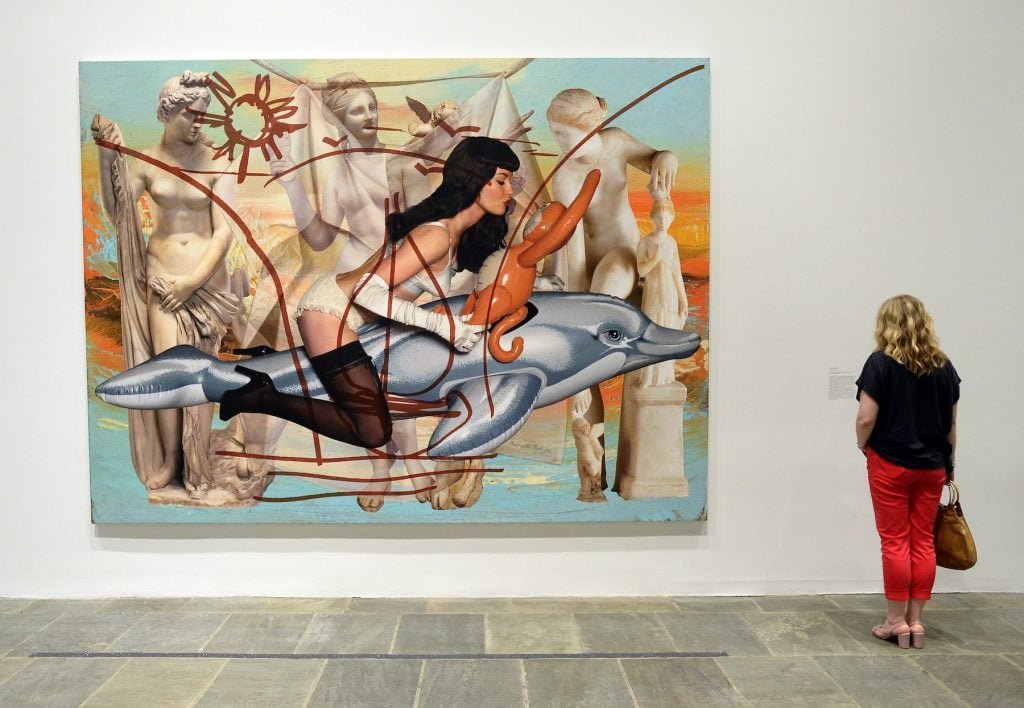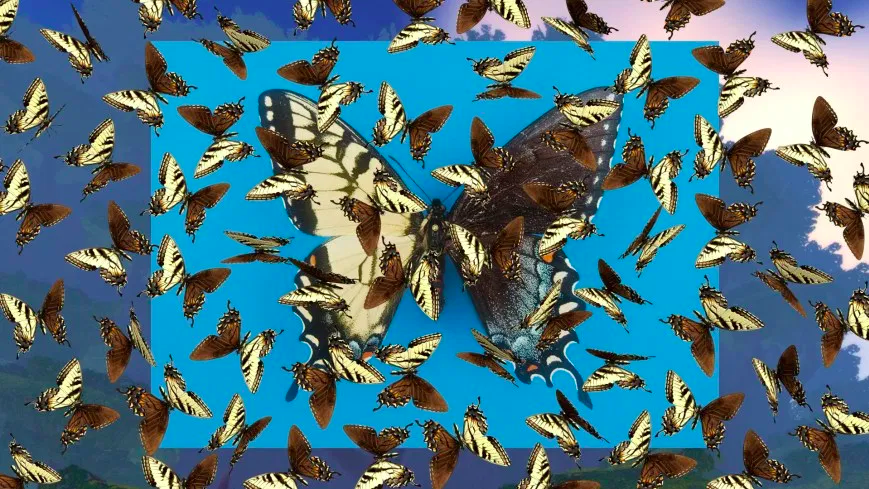Opinion
How to Explain the Malaise of the Post-Internet Art Scene + Two Other Illuminating Reads From Around the Web
A weekly round-up of interesting and important readings from around the internet.

A weekly round-up of interesting and important readings from around the internet.

Each week, countless articles, think pieces, columns, op-eds, features, and manifestos are published online—and any number cast new light on the world of art. Each Friday (when I can!), I pick out a few recent pieces that might inspire some larger discussion.
In the Spring/Summer issue of the biannual Kaleidoscope mag, Caroline Busta has penned a fascinating and far-reaching essay on the waning influence of “art-world art” on the imagination.
Bringing together a large number of phenomena, she writes: “The dissolution of generational art movements and regional scenes over the last decade, along with the dwindling cohesion of biennial-scale exhibitions, the decline in quality and volume of art media, art fair exhaustion, the consolidation of the blue-chip market, and the value spike in gatekeeper-befuddling KAWS-style art, attest to the fact that art-world influence has been post-peak since at least the early ‘10s.”
Busta (who’s a former Artforum editor and founder of the site New Models, which you should check out) focuses on two factors in this waning: ever-escalating wealth inequality that has turned the art industry into a catspaw of speculators, and the takeover of culture by digital media, eroding art’s cachet as a site of intellectual production.
https://t.co/sf8W69ElAq pic.twitter.com/g1ezxq88cz
— Mat Dryhurst (@matdryhurst) April 14, 2020
In her essay, Busta puts her faith in the meme-osphere as the locus where a meaningful scene has migrated, with creative types abandoning an orientation on success within sclerotic and vacuous professional art structures. Instead, the temperament is one of “resilience and even relinquishment,” she says. “The art world would crash and burn, [and] they would still be artists, albeit ones self-funded via an array of odd jobs and investments, and would now be free of all parasitical relationships to an elitist industry.”
It’s hard to deny that there’s truth in the account—I’ve argued a similar perspective and the meme-scene now rules the creative conversation, for sure. “Influencing the Void” raises two questions for me, though.
The first is how we think about what’s novel in the angst of the digital-media age. Since the triumph of commercial youth culture in the ’60s, critics have talked about art losing its central place in the cultural imagination. Simultaneously, the feeling that the art industry was revoltingly out of touch with the social forces of its day—that it was elitist, sterile, etc.—defined a lot of art movements from the ’60s to the present. Using new media to create alternative kinds of value and alternative social networks was the impetus of the Conceptual art, mail art, body art, video art, and early net art “scenes,” in different ways. In each case, eventually, dissident practice became a viable niche within the professional art industry.
But for artists, professionalization was always kind of an illusion. Very few contemporary artists indeed made a career out of art, let alone a good one. The illusion was underwritten by a vast expansion of the institutions around art—art spaces, museums, galleries, fairs, festivals, and, above all, art schools—that provided sufficient ancillary jobs to keep enough people invested in the art scene’s success to make it feel vital.
Thinking about these institutions brings me to my second question about Busta’s essay: How uniquely implicated in failing to adapt to the neoliberal information economy is the art industry, specifically?
Pretty much every field of society, from politics to education has been profoundly upset over the last decades (and even more so now) as the middle class withers while finance and “platform capitalism” eat up meager economic gains. Compared to the unending carnage in publishing or the “retail apocalypse,” you might even think that the art industry has gotten off relatively easy—at least up until the present moment’s hurricane of blood.
Being “self-funded via an array of odd jobs and investments” was the default image of being an artist before art’s professionalization and the explosion of “art world” institutions in the ’60s. So I just wonder whether the opt-out mentality Busta describes isn’t only about the art industry losing a previously steady place in the popular imagination to disruptive new technology. It seems also to be about the illusion of art’s professionalization coming undone as its institutions are stretched and melted down from the inside, and the previous pattern of being able to renew itself by incorporating dissident energies from the wider culture stalls out.

Peter Halley’s Day One (1986) at Stuart Shave Gallery. Photo by Julia Halperin.
It may seem forever-ago that the hot topic was “Zombie Formalism,” aka various forms of rebooted, gimmicky abstraction—but it definitely defined a moment. Greenberger gives name to another genre that has congealed in its wake: a kind of refried pop Surrealism riffing on the weightlessness of the current climate of images.
“These artists seem to suggest that in the digital age, the originality long prized by painters has been negated,” Greenberger writes. “But this is neither revelatory nor, ironically, all that original, given that such issues have been artistic fodder since the Pictures Generation painters took them on in the 1980s.”

A woman looks at a painting by Jeff Koons called Antiquity 3, 2009-11 during a press preview of “Jeff Koons: A Retrospective” at the Whitney Museum of American Art, June 24, 2014. Photo by Timothy A. Clary/AFP via Getty Images.
The two zombie waves are probably predictable related. The reference to the ’80s makes me remember that the mini-movement known as “Neo-Geo” encompassed at one and the same time Peter Halley, who repurposed historical abstract styles in Day-Glo, and Jeff Koons, who repurposed free-floating pop imagery and whose later-day paintings are “Zombie Figuration” avant la lettre.

Still from “Emergence,” episode 3 of Metamorphosis. Image courtesy Dis.art and the Institute of Queer Ecology.
If you are not checking in with Dis magazine’s video art site, Dis.art, give it a look. Over the last month, it has been unveiling a major three-part (plus an introduction) video-essay-cum-artwork by the Institute of Queer Ecology. In hypnotic video-collage style, the work, narrated by artist and musician Mykki Blanco, is something of a manifesto, wrapping eco-futurist speculation, economic critique, and queer utopianism together inside the metaphor of the humble caterpillar.